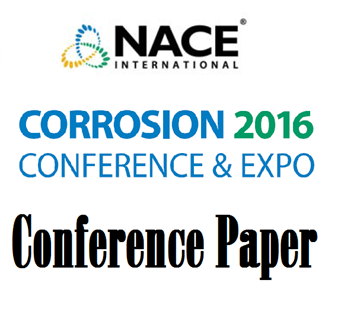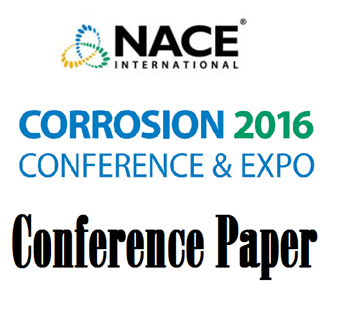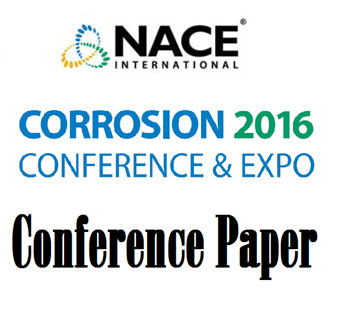Search
51316-7319-Effect of Elements Mo and W on Humidity Corrosion of Low Alloy Steels in H2S-Containing Environment
Also Purchased
51316-7313-Effect of Iron Sulfide Deposits on Sour Corrosion of Carbon Steel
Product Number:
51316-7313-SG
ISBN:
7313 2016 CP
Publication Date:
2016
$20.00
51316-7325-Investigation of the Stress Corrosion Cracking Behavior of Duplex and Lean Duplex Stainless Steel Parent and Weldment Materials in Sour Service
Product Number:
51316-7325-SG
ISBN:
7325 2016 CP
Publication Date:
2016
$20.00
51316-7362-Interaction of H2S/CO2/O2 on Hydrogen Permeation of X70 Steel in Sour Humidity Corrosion Environment
Product Number:
51316-7362-SG
ISBN:
7362 2016 CP
Publication Date:
2016
$20.00




